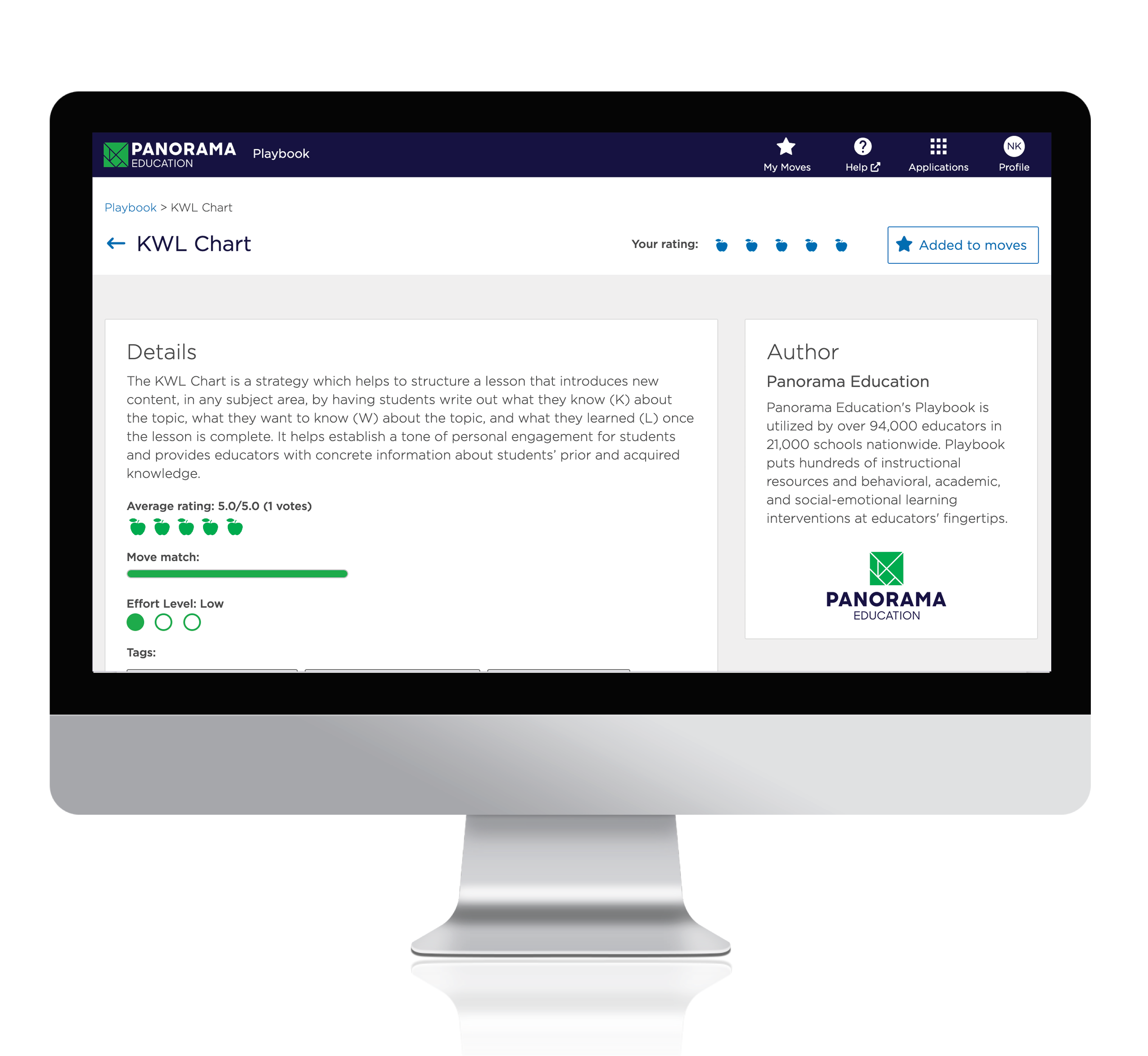-
Solutions
-
By District Priority
-
-
Products
-

AI Perceptions and Readiness Survey
Understand stakeholder priorities, familiarity, and readiness to use AI in schools.
-
Resources
-
Featured Resource

Panoramic 2026 Virtual Summit
Discover how educators and leaders are putting purpose behind AI to drive real improvements in attendance, literacy, and student supports.
-
Find Your State
-
-
Alabama
-
Alaska
-
Arizona
-
Arkansas
-
California
-
Colorado
-
Connecticut
-
Delaware
-
Florida
-
Georgia
-
Hawaii
-
Idaho
-
Illinois
-
Indiana
-
Iowa
-
Kansas
-
Kentucky
-
Louisiana
-
Maine
-
Maryland
-
Massachusetts
-
Michigan
-
Minnesota
-
Mississippi
-
Missouri
-
Montana
-
Nebraska
-
Nevada
-
New Hampshire
-
New Jersey
-
New Mexico
-
New York
-
North Carolina
-
North Dakota
-
Ohio
-
Oklahoma
-
Oregon
-
Pennsylvania
-
Rhode Island
-
South Carolina
-
South Dakota
-
Tennessee
-
Texas
-
Utah
-
Vermont
-
Virginia
-
Washington
-
West Virginia
-
Wisconsin
-
Wyoming
-
-
-
About Us
-
Impact
-
Get in Touch
-
Panorama Playbook

Move from understanding student data to taking action
Playbook is Panorama’s professional learning library that connects educators with hundreds of instructional resources and interventions across academics, behavior, and life skills to support students holistically and within an MTSS/RTI framework.
Hundreds of intervention strategies and lesson plans at your fingertips
Panorama districts have access to hundreds of interactive lesson plans and activities that promote social skills and academic success in a variety of learning environments. Playbook also includes resources for leading professional development, practicing self-care for educator wellness, and engaging families.
Every Playbook lesson aligns to the topics on Panorama's surveys, making it easy to identify next steps and make data-driven decisions.
When creating a new intervention in Panorama Student Success, Playbook strategies and interventions are automatically recommended based on the student information and goals of the intervention.


“What I appreciate about Panorama’s Playbook is how accessible it is for teachers and leaders. When you use Playbook, you know that the instruction and supports you provide will have a positive impact on students’ lives.”
Lindsey Frank, M.Ed.
K-5 Learning Behavior Specialist, Community Consolidated School District 59 (IL)
Want to talk about bringing Panorama to your district?




.png?width=571&height=152&name=cd-logo%20(1).png)

